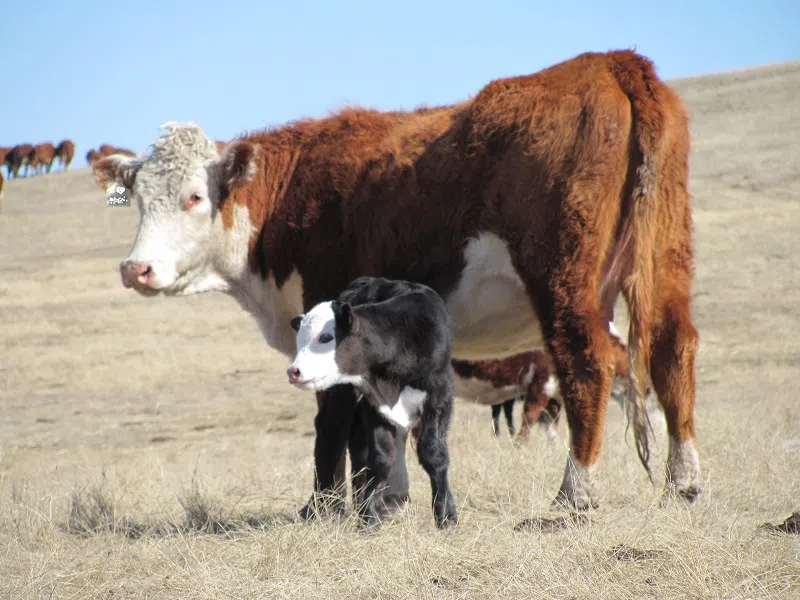
CBIC Investing in heifer development
CALGARY – The Canadian Beef Industry Conference (CBIC) is being held in Calgary August 15th to 17th. It’s an excellent opportunity for producers to learn more about the economic and reproductive factors of replacement heifer development.
Kathy Larson, an Economist for the Western Beef Development Centre, and Dr. John Campbell, head of the Large Animal Clinical Sciences Department at the Western College of Veterinary Medicine, will both make presentations on August 16.
Larson will underscore the economics of heifer development, particularly since producers tend to develop heifers from within their own operation rather than buying outside of the herd.
Because heifers regenerate the breeding herd, she says it is important to give them every opportunity to succeed and recoup the sizable investment that it takes to develop them.
“When looking at costs to develop a heifer, start with the costs of giving up the opportunity to sell her as a weaned calf (or the opportunity cost of keeping that heifer). Whatever the heifer could have been sold for as a weaned calf is the starting point and is usually the largest cost associated with heifer development. Last fall, calf prices were around $860 for a 550lb heifer. On top of that is the cost of developing them over the winter, grazing, and exposing them to breeding.”
Larson says those costs add up to approximately $500-$550.
The economist in Larson comes out when she recommends producers develop heifers so they reach the long-standing rule of thumb of 65% of mature body weight at the time of first breeding.
This means that heifers must be weighed and the average herd mature cow weight needs to be known. As well, heifers will most likely need to be provided a supplemental ration to ensure they reach the target weight by the spring.
Larson also suggests that producers invest in a bull that is good on heifers and known for calving ease to prevent a heifer from having a rough first calving that will set her back.
Dr. Campbell will speak to the many reasons that heifers don’t get pregnant.
He says the main reason is that they haven’t reached sexual maturity before the breeding season begins, but other factors.
“Infections disease can result in heifers not getting pregnant but they can be prevented by vaccination and biosecurity. The other big problem is getting heifers pregnant the second time because they take longer to return to estrous after calving. Second calf heifers tend to have the highest open rates largely because those heifers take longer to come into estrous after they calve than a mature cow would”.
Campbell says it’s important to pay special attention to heifers in their first calving season to make sure they get bred early and have a little extra time to ensure they will be successfully pregnant with their second calf.
The other big issue, according to Campbell, is nutrition, as heifers are still a growing animal and have different nutritional requirements than mature cows. Heifers don’t compete as well in a large cow group so it is important to make sure that they are fed appropriately to grow to the proper weight before breeding.
Information on how to register for the Canadian Beef Industry Conference “SHARING COMMON GROUND” can be found on the website.


